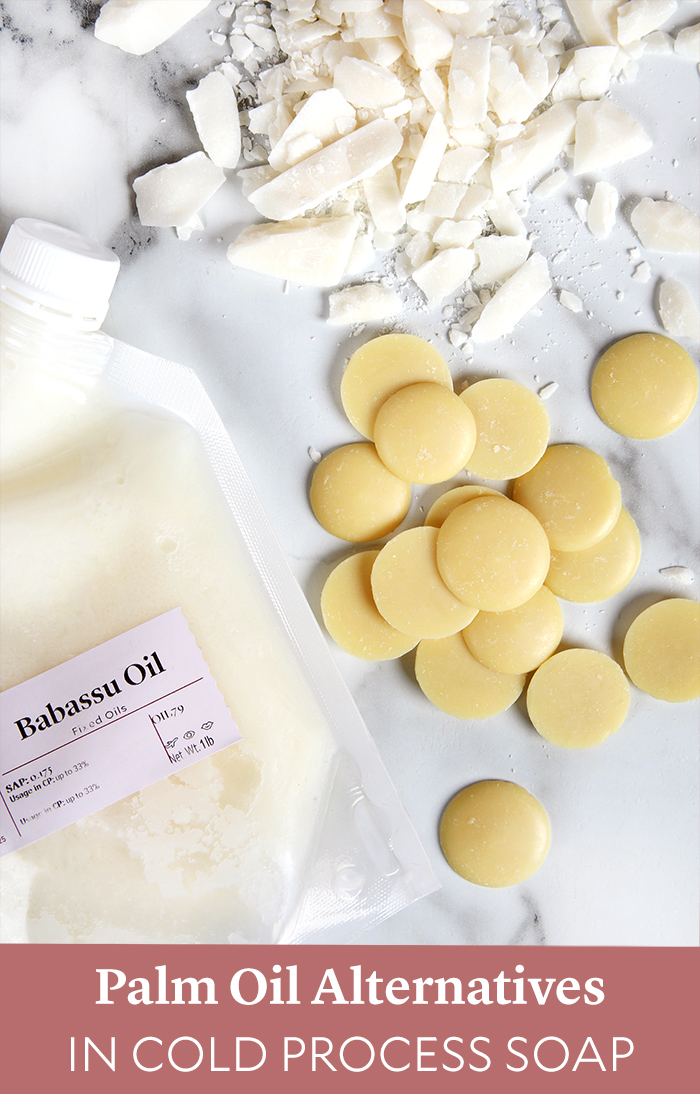
Palm oil adds a unique feeling to cold process soap. It helps harden the bars and it creates lather when paired with coconut oil. While ours is from a vendor that supports sustainable production, some makers choose not to use it. Learn more about palm oil production here.
One of the best things about handmade soap is that you get to decide what goes in your recipe. Learn more about palm oil and how to substitute it below.
Bramble Berry palm oil options
Palm oil – This one is refined, so it has a neutral color and smell. It’s solid at room temperature. In cold process soap, the oil can be used up to 33%. Don’t forget to fully melt and mix the palm oil before use, that way the fatty acids will distribute evenly. Our supplier is member of the Roundtable on Sustainable Palm Oil – learn more about the organization here.
Palm kernel flakes – This is a mixture of partially-hydrogenated palm kernel oil and soy lecithin, and it comes in flake form. It also has a neutral color and smell. We only recommend it up to 15% in cold process soap – a higher percentage can make the bars too hard. It will speed up trace, so be prepared to work fast. These flakes are also from an RSPO supplier.
Red palm oil – This oil has a gorgeous natural color that turns soap orange. Like palm oil, it’s solid at room temperature and it can be used in soap up to 33%, although you may want to start with a smaller amount because it can stain molds and skin. This oil is also from an RSPO supplier.
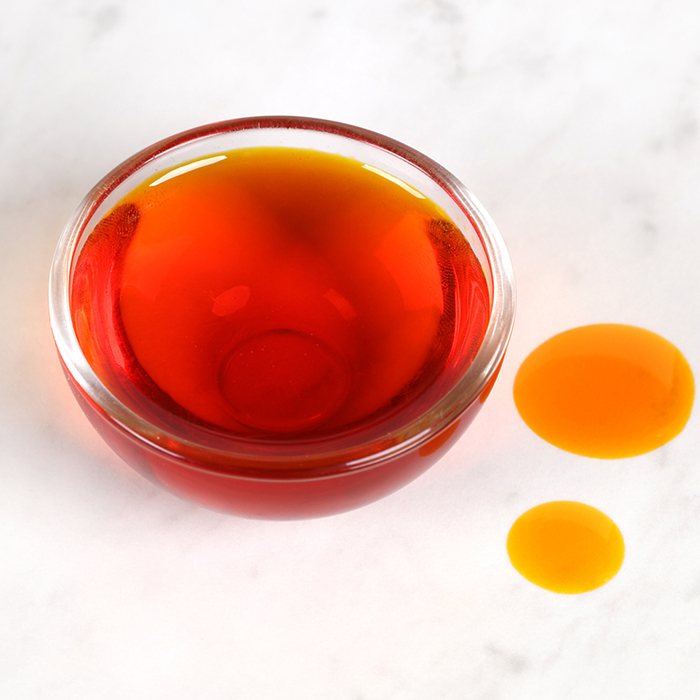
Palm oil alternatives
The closest substitute for palm oil is babassu oil, which comes from a native Brazilian palm tree. It adds the same firming and moisturizing properties as coconut and palm. However, the babassu does have a lighter feeling on the skin and it absorbs quickly. You can replace some or all of the palm with babassu. Just remember to run your recipe through the Lye Calculator after any substitutions.
You can also use tallow or lard in place of palm. They add similar hardening properties in cold process soap. This post talks about how to work with tallow, and this one has a laundry soap recipe. The Lard and Loofah Bars are palm free and made with natural ingredients like carrot puree and bergamot essential oil.
Another option is to increase the coconut oil up to 33%. A higher amount of coconut oil can be drying, so you can increase the superfat or add moisturizing oils like avocado and sweet almond.
Add hard butters like mango, cocoa, and shea up to 15% in the recipe. This will make harder bars and also add moisturizing properties your skin will love. Learn more about working with butters in this post.
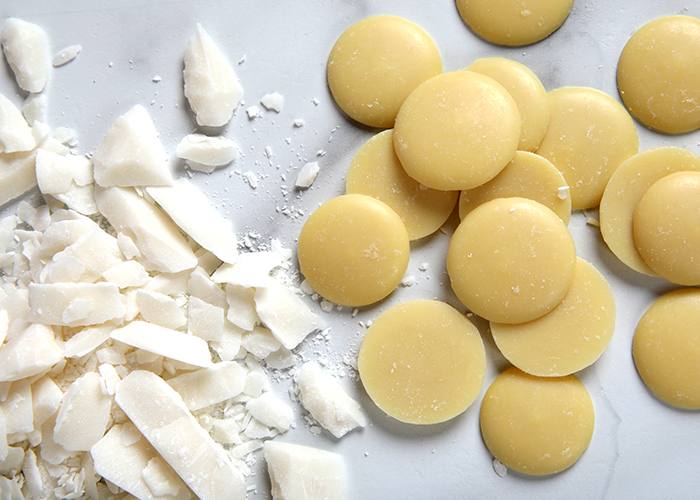
We also recommend sodium lactate for palm-free recipes. It’s a liquid salt that helps harden the soap so you can unmold it more quickly. It’s easy to use, just add 1 teaspoon of sodium lactate per pound of oils to your cooled lye water. A water discount helps the soap harden and unmold more quickly as well – a good place to start is about 5-10%.
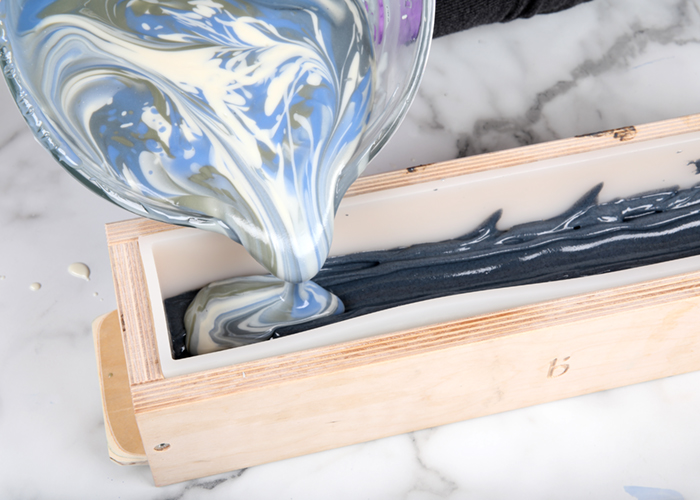
Palm-free recipes
Busy Beeswax Soap
100% Coconut Oil and Annatto Soap
Brine and Rose Clay Soap
Buttermilk Bastille Baby Bar
Queen of Hearts Soap
Gentle Oatmeal Baby Soap
Lard and Loofah Soap
Luck of the Irish Soap
Palm-Free Vertical Twist Soap
Palm-Free In-The-Pot Swirl Soap
Layered Lilac Loofah Soap
Simple Castile Soap
Bramble Berry CEO and Founder Anne-Marie’s book, Pure Soapmaking, is another good resource. Half of the recipes are palm free.
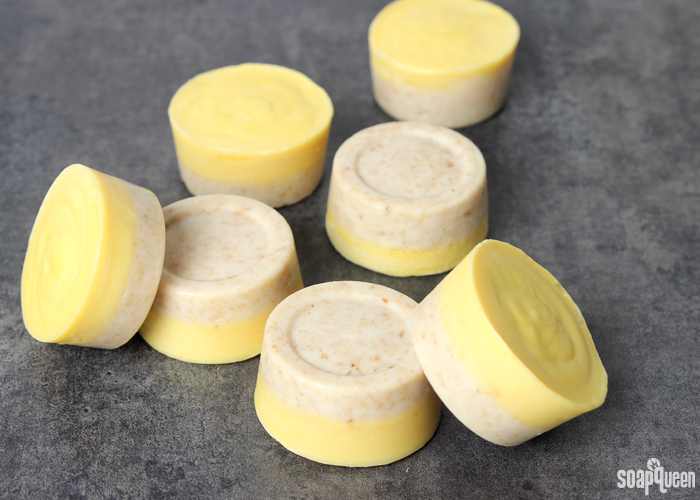
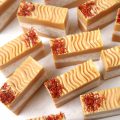
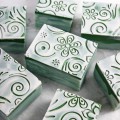
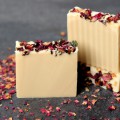
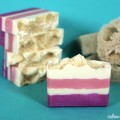
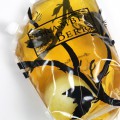
I’m trying to make a cold process recipe using Frozen goats milk, coconut oil, olive oil, rice bran oil, sweet almond oil, and lye. I can’t figure out the formula can you help me?
We don’t currently make up recipes for customers but this is a great blog post to use to help formulate your own!
I am wanting to make a soap that contains goat milk, avocado oil, rice bran oil, rosehip seed oil, grape seed oil, and Shea butter, with honeysuckle… do you think this will work?
Those are a lot of liquid oils in the recipe so it may make a really soft bar of soap. You may want to add in some harder oils like Coconut Oil and/or Babassu Oil to help make it more balanced.
Babassu Oil: https://www.brambleberry.com/shop-by-product/ingredients/oils/babassu-oil/V000577.html
This post on Formulating Cold Process Soap Recipes may help:
https://www.soapqueen.com/bath-and-body-tutorials/tips-and-tricks/formulating-cold-process-recipes/
Can you tell me why my soy wax candles turned white? And what can I do with the ones I did all ready? Ty
I’ve been trying to find the answer to this all over the internet and can’t come up with anything so I decided to see what BB has to say:
Isn’t babassu oil also a palm oil? It comes from a palm. If you want to substitute palm oil for ethical reasons, what is the difference if you substitute it with babassu oil? Is it harvested differently or something?
I recently started substituting with babassu but this question has really been bothering me. I am in awe of all the medicinal qualities of babassu oil so I’m definitely interested in continuing to use it. I’d just like to know more facts. What is the difference?
Hi Desiree, good question! This information is directly from our vendor. The Babassu is harvested by woman co-ops in Brazil and is from all over the country, as Babassu palm grows much like a weed. There shouldn’t be any sustainability or ethical concerns for this product.
Hope this helps!
Does anyone sell identity preserved palm oil in buckets/quantities appropriate to the home soap maker? I’ve googled it, but can’t seem to source it, even in the SF Bay Area.
Our Palm Oil is RSPO certified (meaning it is sustainable).
https://www.brambleberry.com/Palm-Oil-P3210.aspx
Hello,
I am trying to do soaps with lots of designs, I read your posts of low moving oils and swirls recipes and many others!
In Argentina we dont have rice bran oil not pomance olive oil also.
I am looking for a nourishing recipe, with lots of properties for dry skin 😊 and where I can perform intrincated designs.
Which alternative would you suggest?
Thanks a lot!
Graciana
Pomace Olive Oil actually accelerates trace you would want to use regular Olive Oil. Also for Rice bran you can use something like Sweet Almond, Apricot Kernal or Sunflower oil instead.
I’m new to soap making I’m dying to try an easy recipe out soon
Here is a great Simple & Gentle Cold Process Recipe for beginners:
https://www.soapqueen.com/bath-and-body-tutorials/cold-process-soap/back-to-basics-simple-gentle-cold-process-soap/
Pls i am a bigginer yet to hit market, how can i get d crafting soapmaking book and how much does it cost? Thanks
Find Soap Crafting book for purchase here: https://www.brambleberry.com/Soap-Crafting-Book.aspx
I have palm oil that I bought in a 5 gallon bucket; how would I melt and mix it before using it? If it has melted (not to liquid state but soft) in the heat of the summer and gone back to a solid state has that affected the quality of the oil? I am having some problem with trace happening too fast and trying to figure out why.
You would want to melt your Palm Oil down completely to clear liquid and mix it before using any or portioning it out. This is because the Palm Oil separates itself into different parts as it solidifies. It does not harm the oil to be remelted and solidified multiple times though it can be tricky to melt the whole bucket down to liquid so you may want to portion it out into smaller containers once you do that.
You can melt the bucket in the bathtub it just takes some time and multiple refillings. You can also purchase heating jackets for the 5 gallon buckets to have it melt and stay at a consistent temperature in the bucket.
What about using soywax for cpSoap?
You can definitely add Soy Wax to cold process soap. We’ve never tested it ourselves, so we don’t have any tutorials on it, though it can definitely be done. The reason you’d add soy wax to CP is to add a bit of glossiness to the soap as well as extra hardness. I can’t say for sure if it will perform as well as a different product like stearic acid, so you may want to try a small test batch first and see what you think.
I already have the book Pure Soap Making. Should I also book Soap Crafting.
Are they identical or different contend to a bigger soap maker like me
Please advice
Thanks
Soap Crafting is more for beginner soap makers but it still has some great recipes in it! I would normally recommend starting with Soap Crafting and then moving onto Pure Soap Making.
I agree. I bought Soap Crafting after having been a soaper for 15 years. While there is always more to learn, I was disappointed that I purchased a beginners book without having the knowledge of the fact that it is indeed written mostly for a person just starting out with making soap.
do you have a recommendation on what type of heating pad to achieve full gel?
We just use a regular store bought heating pad. You don’t need anything special.
Would love it if Brambleberry sold a Palm-free quick mix! Happening anytime soon?
We don’t have any plans for a palm-free quick mix at this time, but it’s a great idea. I’ve passed your suggestion on to our product team.
Hi, what is the palm-free quick mix
Can you still call your soap natural if you add sodium lactate? I’m keen to try it but don’t want to detract from the natural ingredients.
Sodium lactate is a liquid salt that is derived from the natural fermentation of sugars found in corn and beets, so it would still qualify as a natural product.
Learn something new all the time when it comes to Soap making. I did not k ow that babassu oil is comparable to Palm. Thanks for sharing that information. Kristie